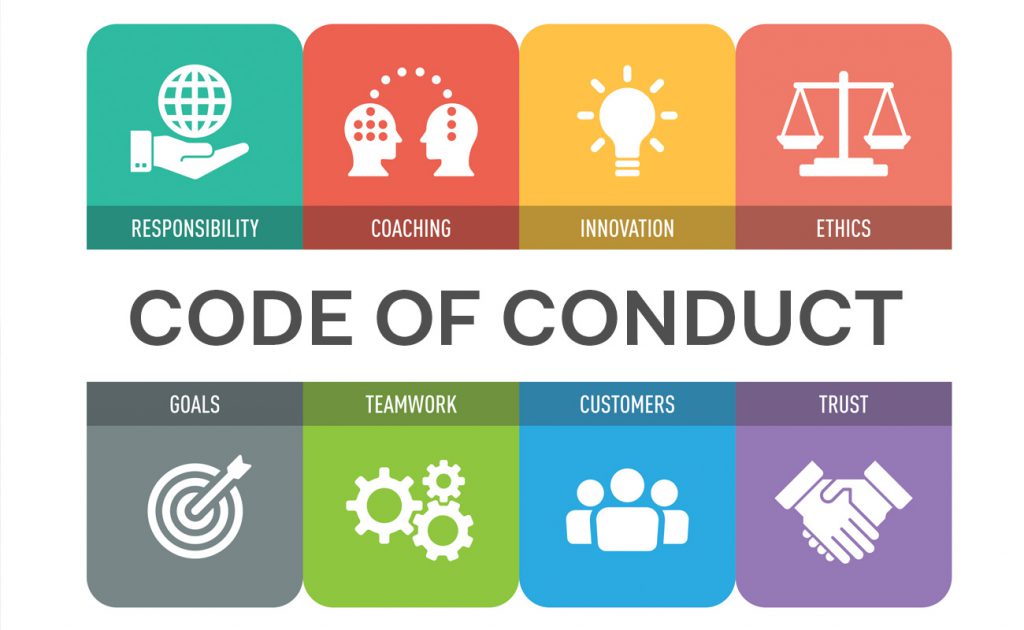Types of Securities that can be issued by a Startup
In the startup context, the term "security" typically refers to a financial instrument or investment vehicle that represents an ownership stake, financial interest, or right to a claim within the startup company. Various types of securities can be issued by a company to raise capital or allocate ownership. Here are some common types of securities: Common Stock This represents ownership in a corporation and often comes with voting rights at shareholder meetings. Common stockholders may receive dividends if declared by the company's board of directors but are subordinate to preferred stockholders in terms of dividends and assets in case of [...]





